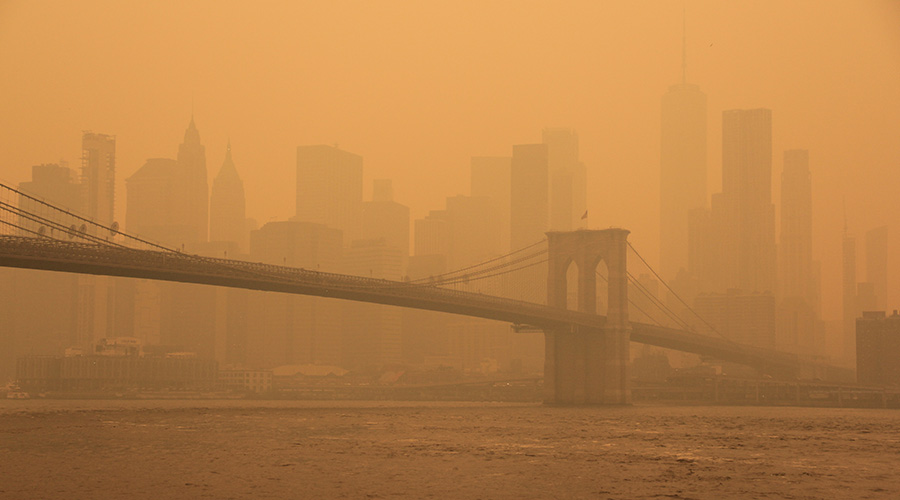Good IAQ Requires Proper Maintenance And Monitoring
Effective cleaning and maintenance practices. Cleaning and maintenance is yet another important aspect of good IAQ. Select low-VOC emitting and low-VOC content cleaning products to minimize the amount of chemicals released into the air. Make sure the products are being used correctly. The correct dilution and moderate application must be used. Remove dust completely using micro fiber materials — don’t just push it around. Make sure chemicals are properly stored using the proper containers in a room with the correct ventilation. Mechanical equipment rooms should not be used for chemical storage, as this may allow vapors to enter the supply air stream. Chemical storage rooms should have dedicated exhaust.
IAQ monitoring. Monitoring the IAQ of the building can extend the life of the building as well as ensure that the occupants are in a healthy environment. A third-party is not a requirement for moisture management, but a quarterly or annual building systems and operations review will ensure IAQ due diligence is on-going. There are several steps that can be taken, such as:
- Perform functional tests of the heating and cooling equipment
- Perform visual observations and moisture testing
- Prepare a list of deficiencies and record of tests performed
- Review O&M plans for the building systems, specifically related to moisture management.
Related Topics:















